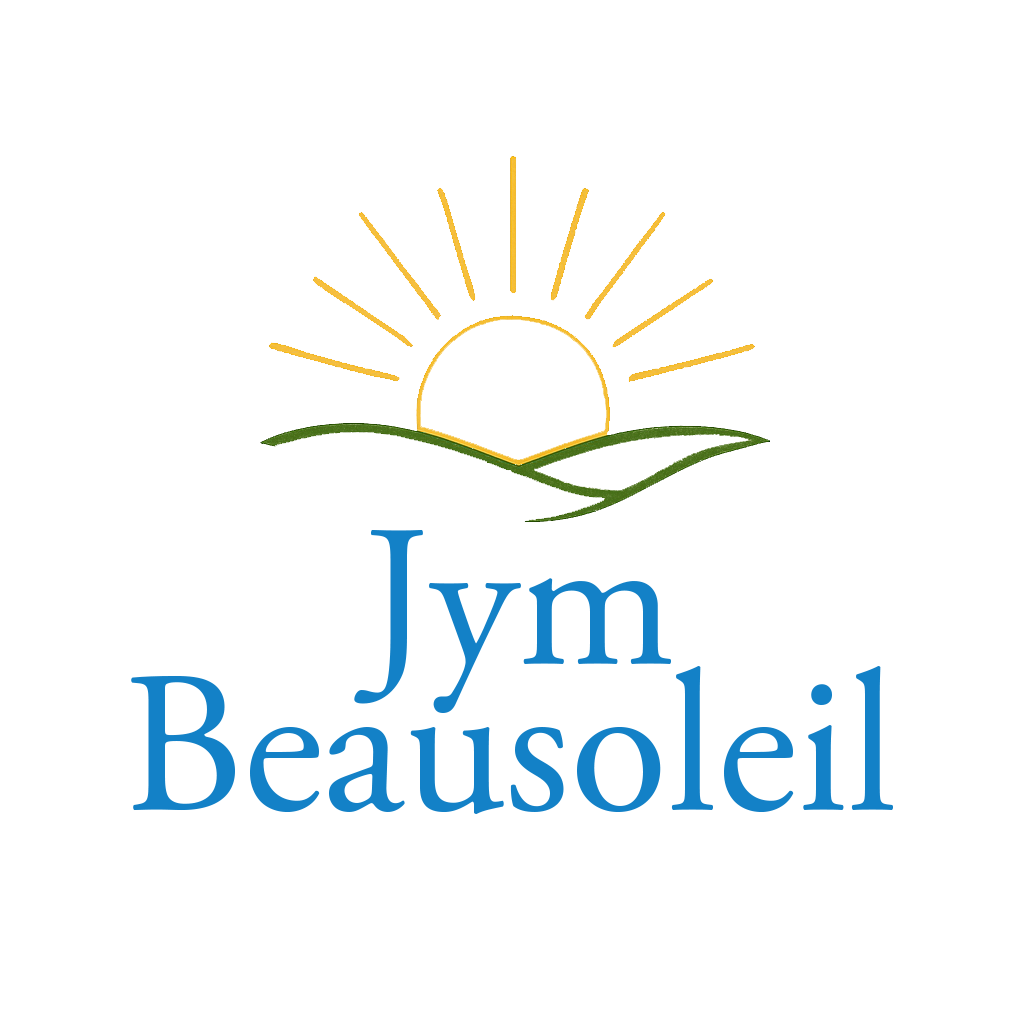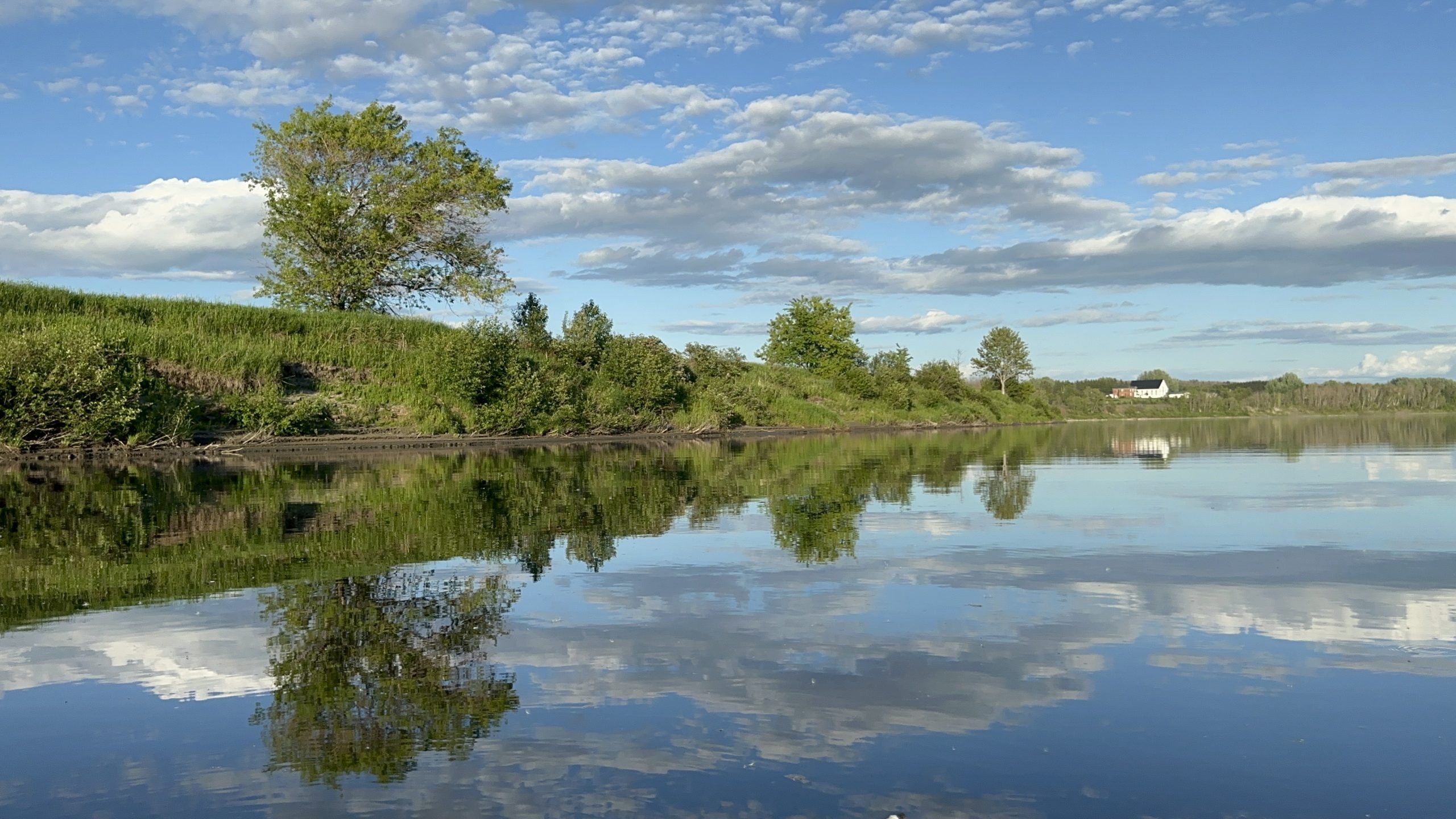What Acadian History Can Teach Us About Inner Strength
The morning fog lifts slowly over the St. John Valley, revealing a landscape carved by generations of resilience. Standing at the edge of this northern Maine borderland, where the river winds like an ancient scar between nations, I’m struck by how this place exists at the edge of maps—not quite America, not quite Canada, but something uniquely itself. This liminal quality is what first drew me to set my novels here, this sense of a land that knows what it means to exist between worlds.
As I researched the Acadian experience for “The Past is Present” and its sequel “The Future is Now,” I discovered a profound parallel between their historical journey and the internal odyssey we all face when rebuilding ourselves after devastation. The Acadian people—forcibly removed from their homes during the Great Expulsion of 1755, scattered across continents, and yet somehow finding their way back to create new beginnings—offer us a masterclass in what true strength looks like.
The Expulsion: When Everything Is Taken
When the British forcibly removed the Acadians from their homes in what is now Nova Scotia, they took everything material—land, homes, community, even family members. Acadians were loaded onto ships with minimal possessions, often separated from loved ones, and dispersed across the British colonies, England, and eventually France. Many would later make the arduous journey to Louisiana, becoming what we now know as Cajuns.
This mirrors what happens in our own lives when we face incarceration, addiction, or profound loss—when we are exiled from the life we once knew. My character Evan Cross knows this exile intimately. His incarceration removed him from his children, his community, his identity as a provider and protector. Like the Acadians, he was forced to survive in a hostile environment with nothing but what he carried within himself.
The first lesson of Acadian strength: When everything external is stripped away, we discover what truly cannot be taken from us.
The Wilderness Years: Finding Purpose in Displacement
Between their expulsion and eventual resettlement, many Acadians spent years—sometimes decades—in a kind of limbo. They worked land that wasn’t theirs, built temporary homes, and maintained their language and customs in environments that often treated them with suspicion or outright hostility.
Yet during these wilderness years, something remarkable happened. Rather than dissolving as a people, the Acadians reinforced their cultural identity. They clung to their language, their Catholic faith, their foodways and music, transforming these cultural elements from mere habits into sacred vessels of identity.
In “The Future is Now,” Gabe understands this principle intuitively. He recognizes that Evan’s period of incarceration wasn’t just lost time—it was a crucible that forced him to decide what parts of himself were essential, what traditions and values he would carry forward, and what he would leave behind. The wilderness years can be our most transformative if we approach them consciously.
The second lesson: Displacement can become the soil where our deepest values take root.
Return and Reinvention: The New Acadie
What moves me most about Acadian history is not just their survival but their eventual flourishing. Many Acadians ultimately found their way back to the Maritimes, creating new communities along the St. John River in what is now New Brunswick and northern Maine. These settlements weren’t attempts to recreate what was lost but represented something new—communities that honored their past while adapting to new geographical, political, and social realities.
The Acadians who settled in the St. John Valley didn’t just survive—they created a distinct culture that blended French traditions with adaptive innovations necessary for life in their new homeland. They developed distinctive architectural styles suited to the harsh northern climate, agricultural practices appropriate to the shorter growing season, and social structures that reinforced communal support.
This reflects the journey that both Evan and Gabe undertake in my novels. They aren’t trying to recapture some idealized past or erase their wounds—they’re building something new on the foundation of their experiences. The homestead they create together represents not an escape from their histories but a thoughtful integration of what they’ve learned through suffering.
The third lesson: True resilience isn’t about returning to what was, but creating something meaningful from what is.
The Intergenerational Vision: Planting Trees Whose Shade You Will Not Sit Under
One aspect of Acadian culture that deeply influences my writing is their long-term perspective. Acadians who resettled knew they were building not just for themselves but for generations to come. They planted orchards knowing they might not live to taste the fruit. They established communities with the understanding that their children and grandchildren would be the ones to truly benefit.
In “The Future is Now,” this intergenerational vision takes shape as Evan begins to see beyond his immediate needs to consider the legacy he’s creating. When he helps Will and Abigail plan their cabin on the homestead property for their growing family, when he teaches Kooper basic repair skills, when he plants pumpkins with Charlotte—he’s engaging in this Acadian tradition of investing in a future that extends beyond his own lifespan.
This perspective offers profound healing. When we shift from thinking only of our immediate gratification to considering our role in a longer story, many of our internal conflicts begin to resolve themselves. Gabe understands this intuitively; his Buddhist practice has taught him that attachment to immediate outcomes creates suffering, while acting with awareness of the larger cycles brings peace.
The fourth lesson: Thinking beyond our individual lifespans gives meaning to our daily actions.
The Wisdom of “Both-And” Thinking
Perhaps the most profound lesson I’ve drawn from Acadian history is their ability to embrace paradox. The Acadians maintained a distinct cultural identity while adapting to new realities. They honored their past while creating their future. They preserved their language while learning to navigate in English-speaking contexts. They were both French and American, Catholic and pragmatic, traditional and innovative.
This “both-and” thinking appears throughout my novels in Gabe’s Buddhist-influenced worldview and eventually in Evan’s evolution. The capacity to hold seemingly contradictory truths simultaneously—that we can be both wounded and healing, both independent and interconnected, both shaped by our past and free to create our future—is the foundation of genuine inner strength.
The Acadians refused the false choice between preserving their identity and adapting to new circumstances. Instead, they found a third path—one that honored both needs simultaneously. This ability to navigate complexity without resorting to oversimplification is perhaps their greatest legacy.
The final lesson: True strength lies in embracing life’s complexities rather than seeking false simplicity.
Carrying Forward the Flame
As I write about the St. John Valley and the characters whose lives unfold there, I’m constantly aware of how the land itself holds these lessons. The river that once divided nations now connects communities. The forests that once represented harsh wilderness now provide sustenance and beauty. The very soil that challenged early settlers now produces some of the finest potatoes in North America.
Just as the Acadians transformed exile into homecoming, loss into renewal, and displacement into rootedness, we too can transform our personal wounds into wisdom. This is the journey that Evan and Gabe undertake together—not erasing their past, but allowing it to be composted into the soil where something new can grow.
Their story, like the Acadian story, reminds us that the most profound strength isn’t found in avoiding hardship but in moving through it with awareness, purpose, and an unwavering connection to what matters most. In a world that often confuses toughness with strength, the Acadian example offers us a more nuanced understanding—that true resilience is tender, adaptive, and ultimately creative.
It is this understanding that flows through the pages of “The Past is Present” and “The Future is Now”—an invitation to find, in our own histories of displacement and return, the seeds of a strength that can weather any storm.
— Join me next month when I’ll explore how the unique architecture of Acadian homes offers insights into building emotional boundaries that both protect and connect.
Key themes: history as metaphor, ancestral wisdom, perseverance

